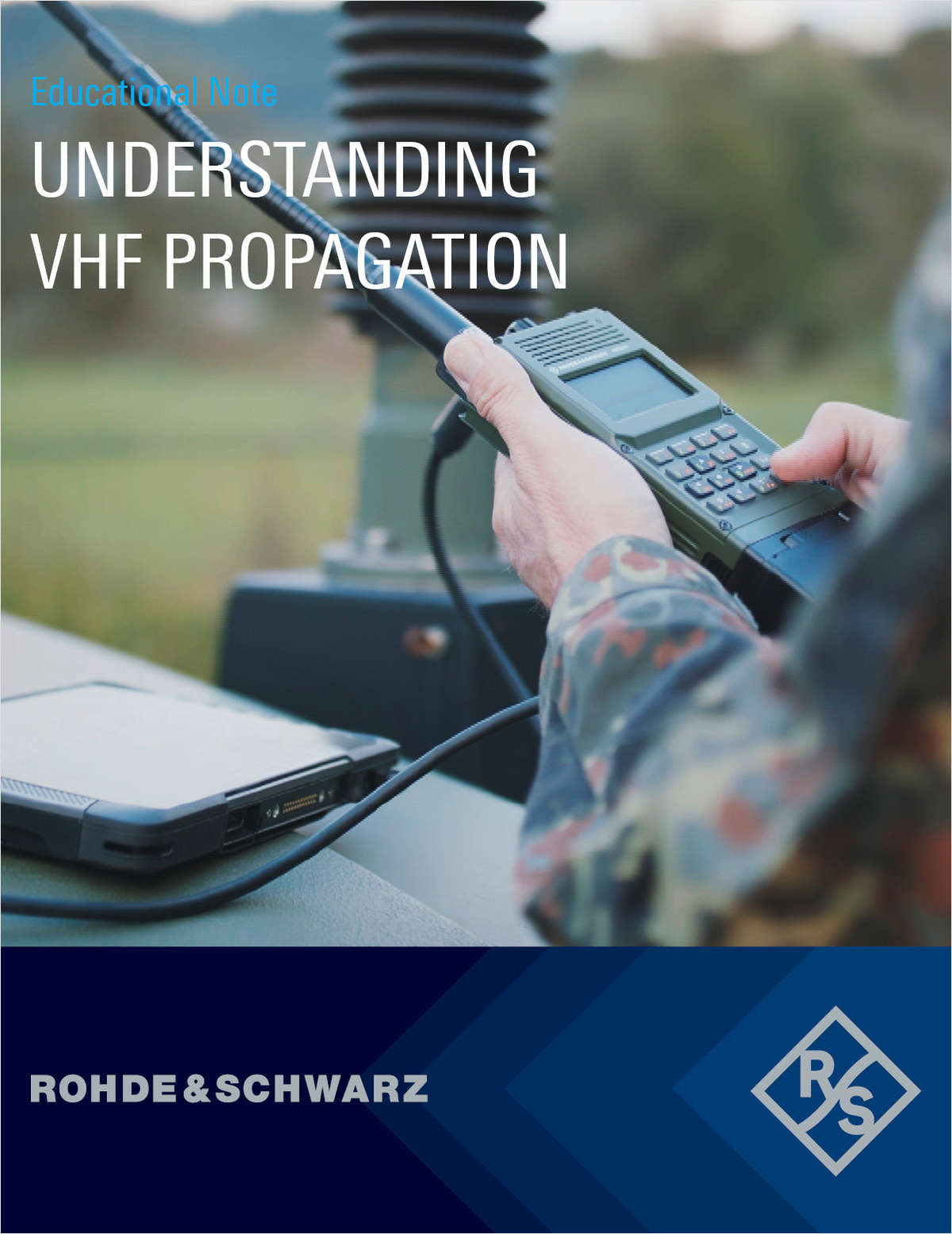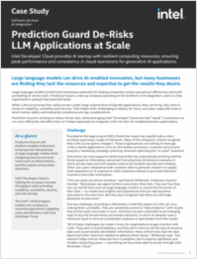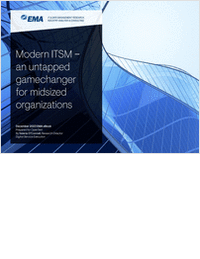Engineering Resources
Research Library
The top resource for free research, white papers, reports, case studies, magazines, and eBooks.
- Agriculture
- Automotive
- Career
- Construction
- Education
- Engineering
- Finance
- Food and Beverage
- Government
- Healthcare and Medical
- Human Resources
- Information Technology
- Data Infrastructure
- Data Tools
- Desktops, Laptops and OS
- Chip Sets
- Collaboration Tools
- Desktop Systems - PCs
- Email Client
- Embedded Systems
- Hardware and Periferals
- Laptops
- Linux - Open Source
- Mac OS
- Memory Components
- Mobile Devices
- Presentation Software
- Processors
- Spreadsheets
- Thin Clients
- Upgrades and Migration
- Windows 7
- Windows Vista
- Windows XP
- Word Processing
- Workstations
- Enterprise Applications
- IT Infrastructure
- IT Management
- Networking and Communications
- Bluetooth
- DSL
- GPS
- GSM
- Industry Standard Protocols
- LAN - WAN
- Management
- Mobile - Wireless Communications
- Network
- Network Administration
- Network Design
- Network Disaster Recovery
- Network Interface Cards
- Network Operating Systems
- PBX
- RFID
- Scalability
- TCP - IP
- Telecom Hardware
- Telecom Regulation
- Telecom Services
- Telephony Architecture
- Unified Communications
- VPNs
- VoIP - IP Telephony
- Voice Mail
- WAP
- Wi-Fi (802.11)
- WiMAX (802.16)
- Wide Area Networks (WAN)
- Wireless Internet
- Wireless LAN
- Security
- Servers and Server OS
- Software and Web Development
- .Net Framework
- ASPs
- Application Development
- Application Servers
- Collaboration
- Component-Based
- Content Management
- E-Commerce - E-Business
- Enterprise Applications
- HTML
- IM
- IP Technologies
- Integration
- Internet
- Intranet
- J2EE
- Java
- Middleware
- Open Source
- Programming Languages
- Quality Assurance
- SAAS
- Service-Oriented Architecture (SOA)
- Software Engineering
- Software and Development
- Web Design
- Web Design and Development
- Web Development and Technology
- XML
- Storage
- Life Sciences
- Management
- Manufacturing
- Marketing
- Meetings and Travel
- Multimedia
- Operations
- Retail
- Sales
- Trade/Professional Services
- Utility and Energy
- View All Topics
- Featured eBooks
- Trending Resources
- New Resources
- Promote Your Content
- Partnership Opportunities
- Get RSS Updates
- About TradePub.com
- FAQ
- Contact Us
Share Your Content with Us
on TradePub.com for readers like you. LEARN MORE
Request Your Free White Paper Now:
"Educational Note: Understanding VHF Propagation"
Beyond line-of-sight propagation: Learn the basics of the common and uncommon modes of VHF communications and some of the viable applications and use cases of these modes
Very High Frequency (VHF) is widely used in broadcasting, in voice and data communications, in avionics, and even in some types of radar. Although it is commonly believed that VHF propagation is mostly "line of sight," true line of sight propagation is in fact relatively rare in terrestrial applications. Signals at VHF normally experience refraction, reflection, diffraction, and scattering, with these effects often increasing with distance.
In addition to these common propagation modes, there are several uncommon modes at VHF. This educational note introduces the four most important of these modes: tropospheric ducting, sporadic E, meteor burst, and "Earth-Moon-Earth" (EME). Tropospheric ducting and sporadic E are not commonly used for communications due to their unpredictable appearance, but they are both sufficiently common that they can create issues with regard to interference, direction finding, and signals intelligence applications. Other modes, such as meteor burst and EME, can however provide reliable long-distance communication at VHF, and thus represent potential backup communications methods at the regional or global level.
Offered Free by: Rohde & Schwarz
See All Resources from: Rohde & Schwarz








